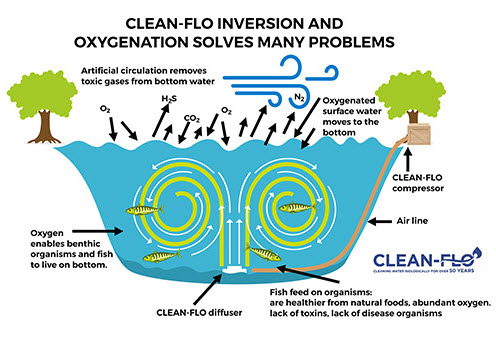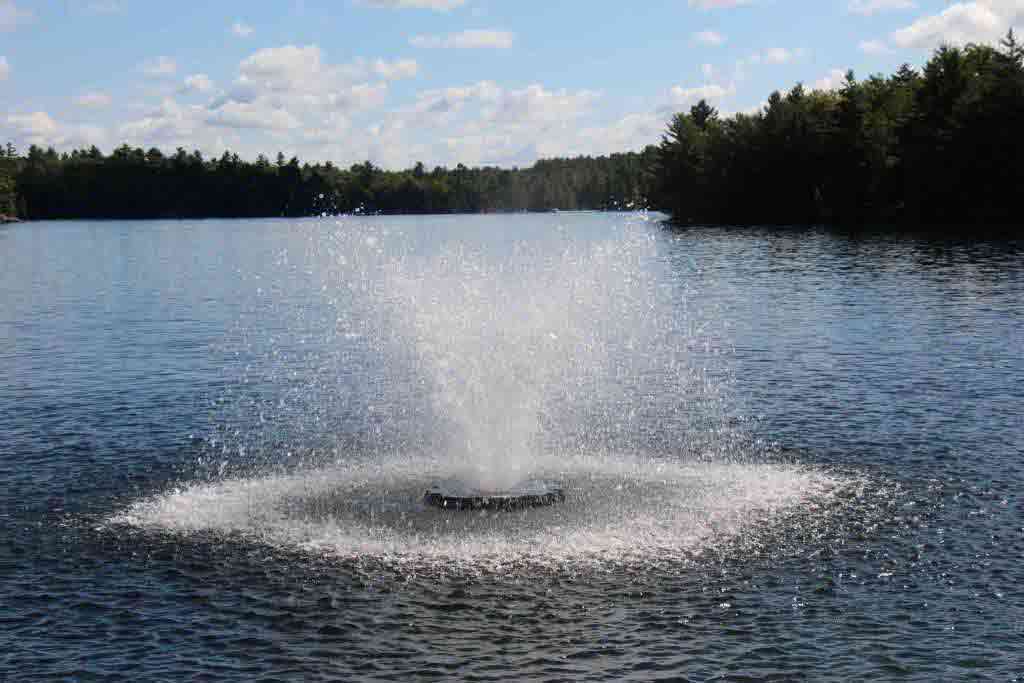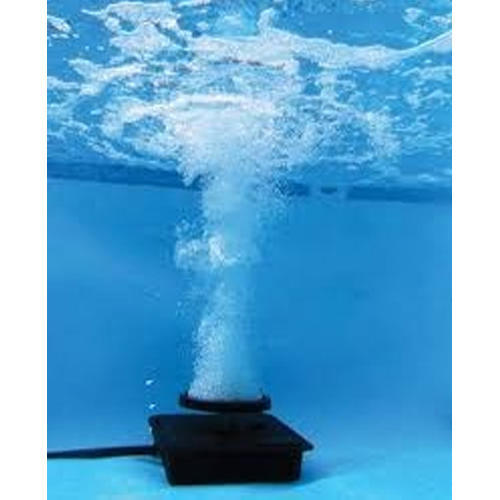Trinity Prep Lake Restoration
Quantification is crucial when choosing the best lake restoration method. This allows you to compare the different options. Modeling, for example, is the most popular way to determine environmental problems and what different solutions will impact them. There are many methods for restoring lakes, but a combination of them may be the best. The best method to use depends on the problem.



